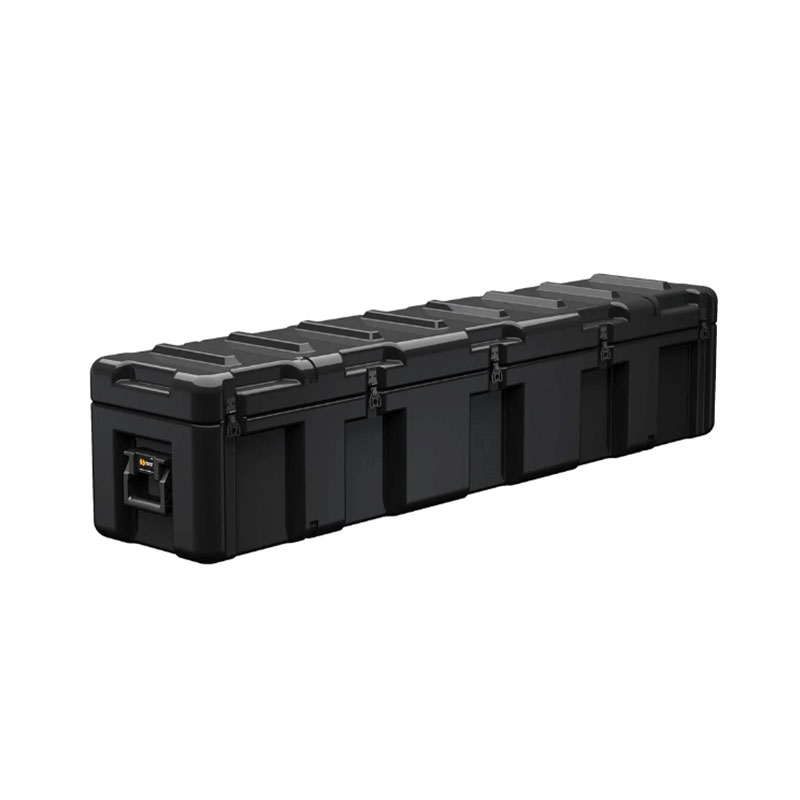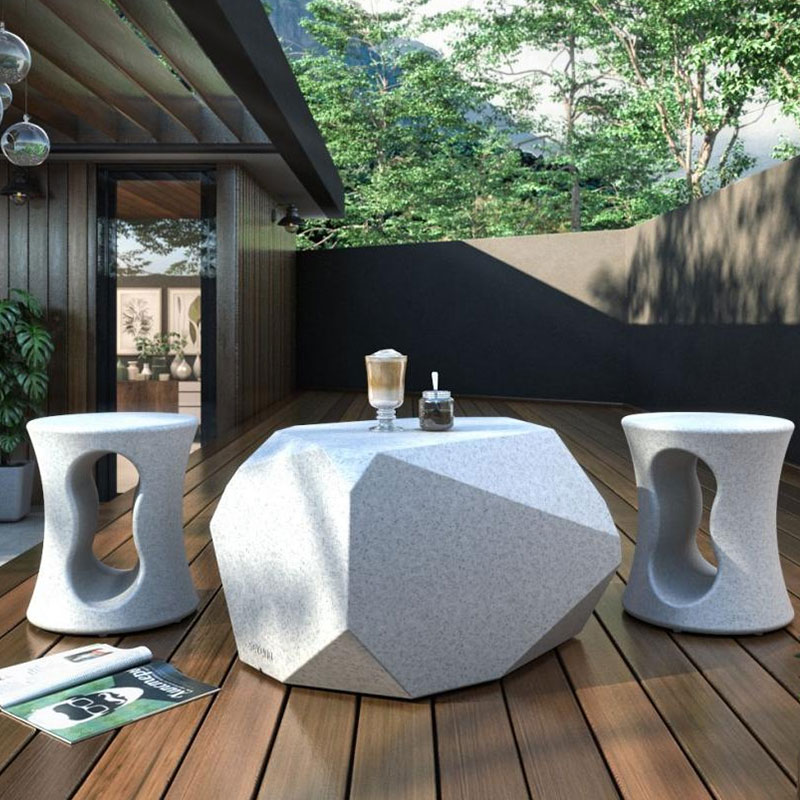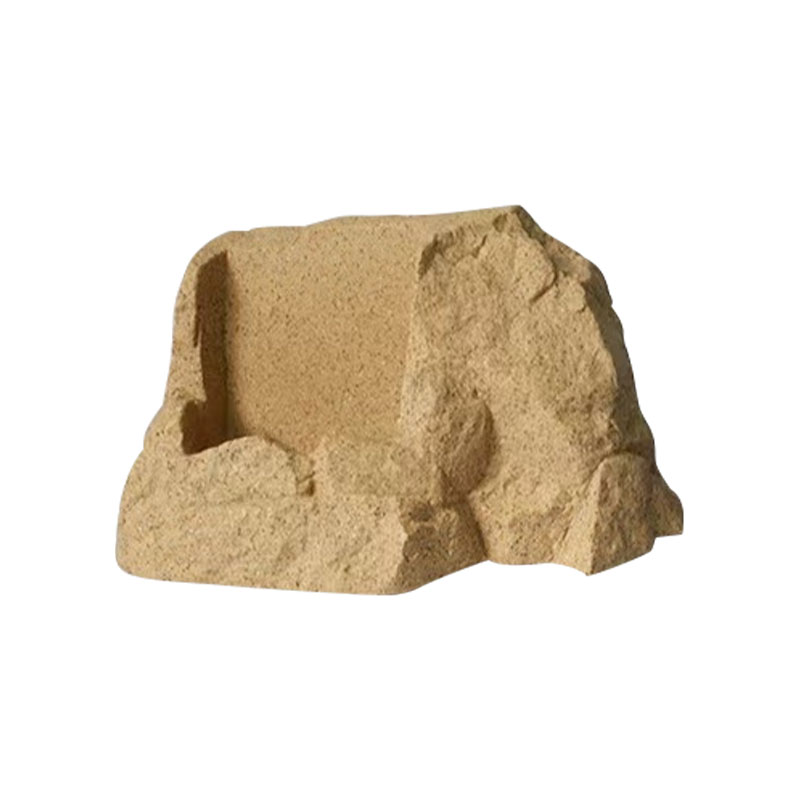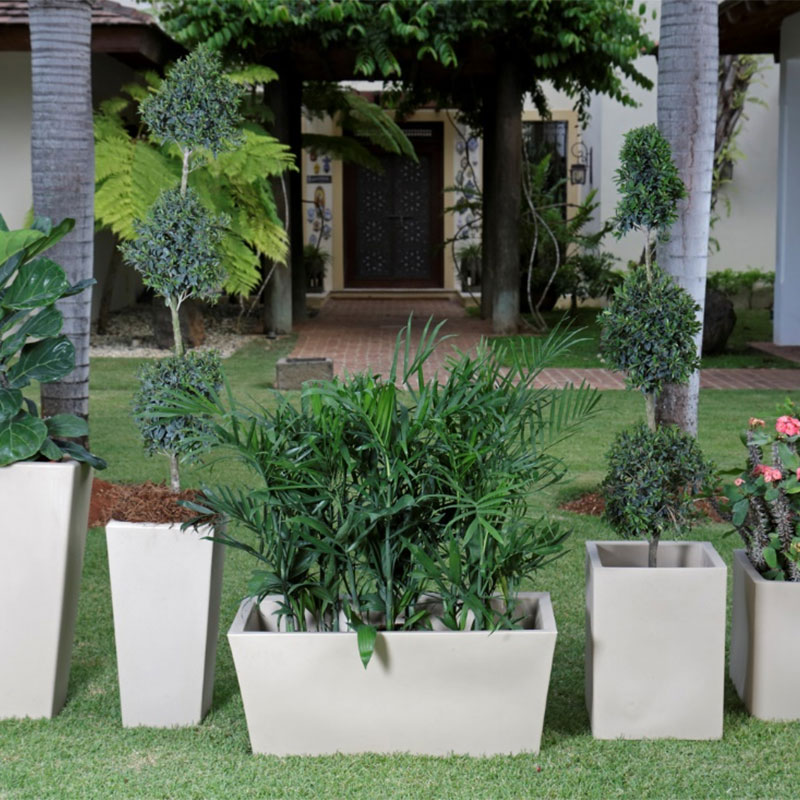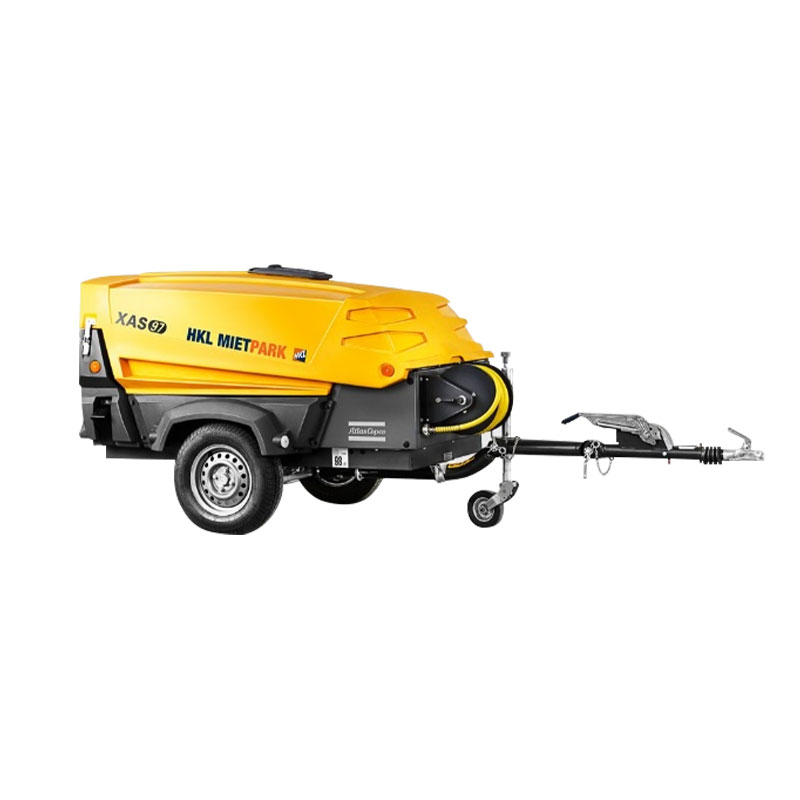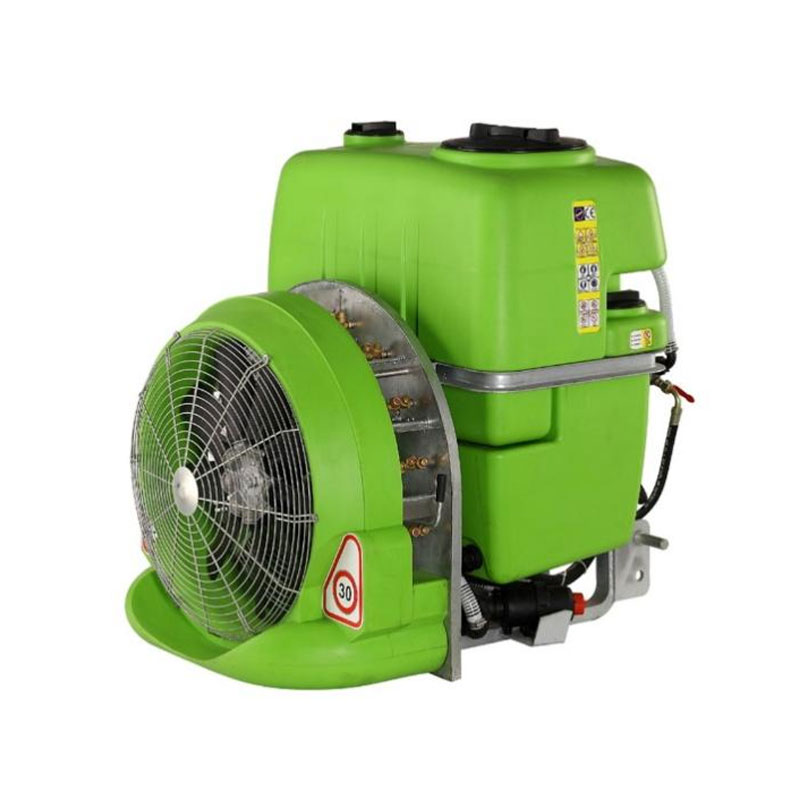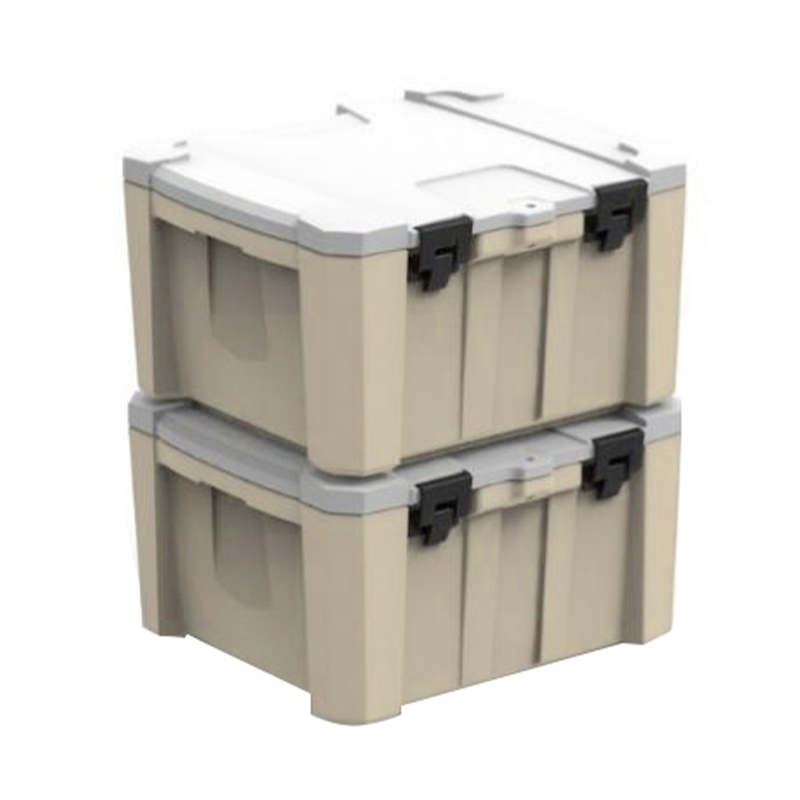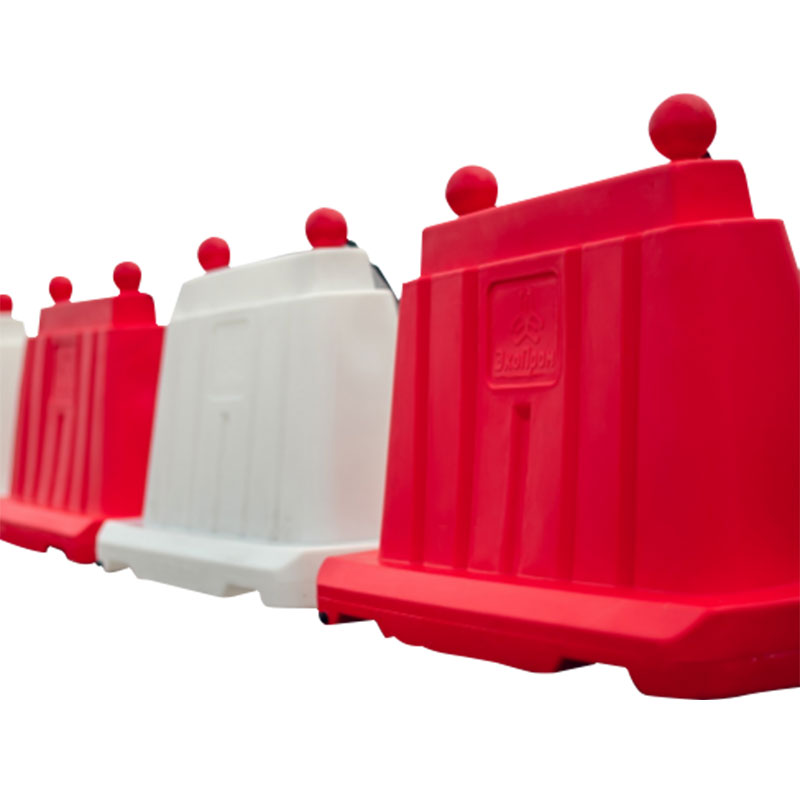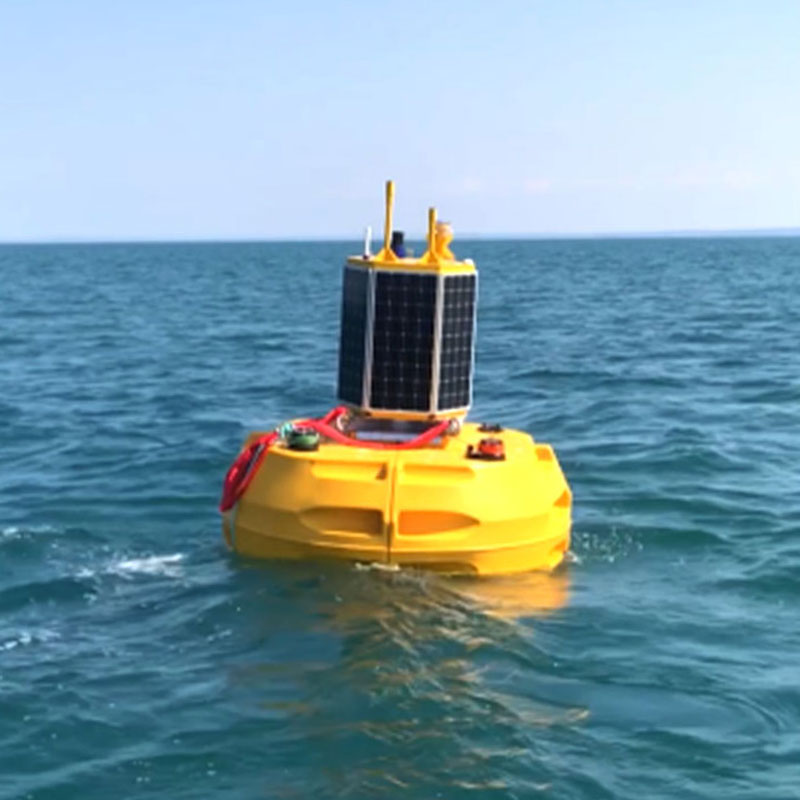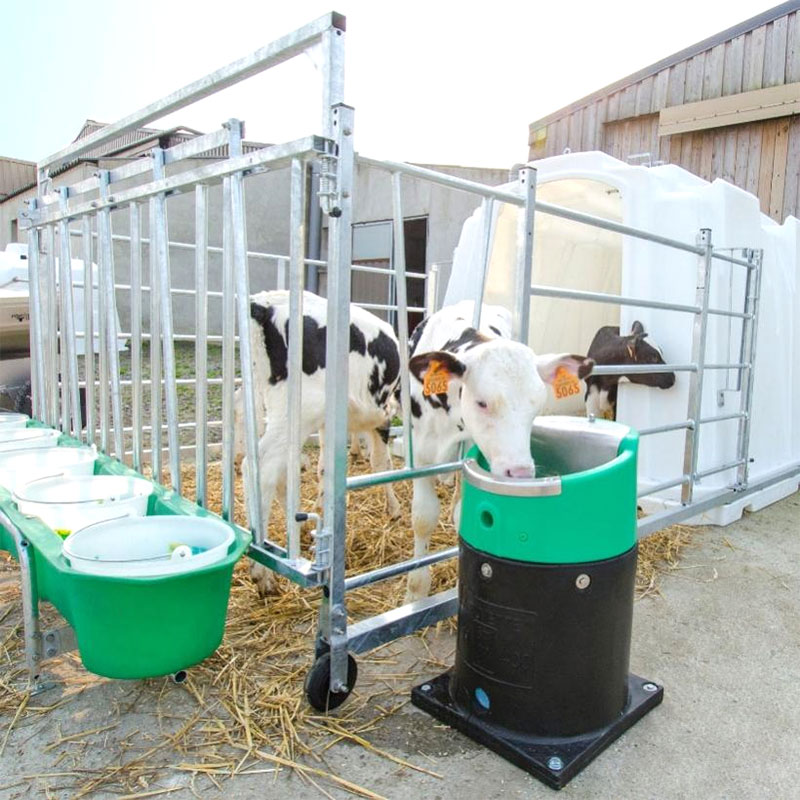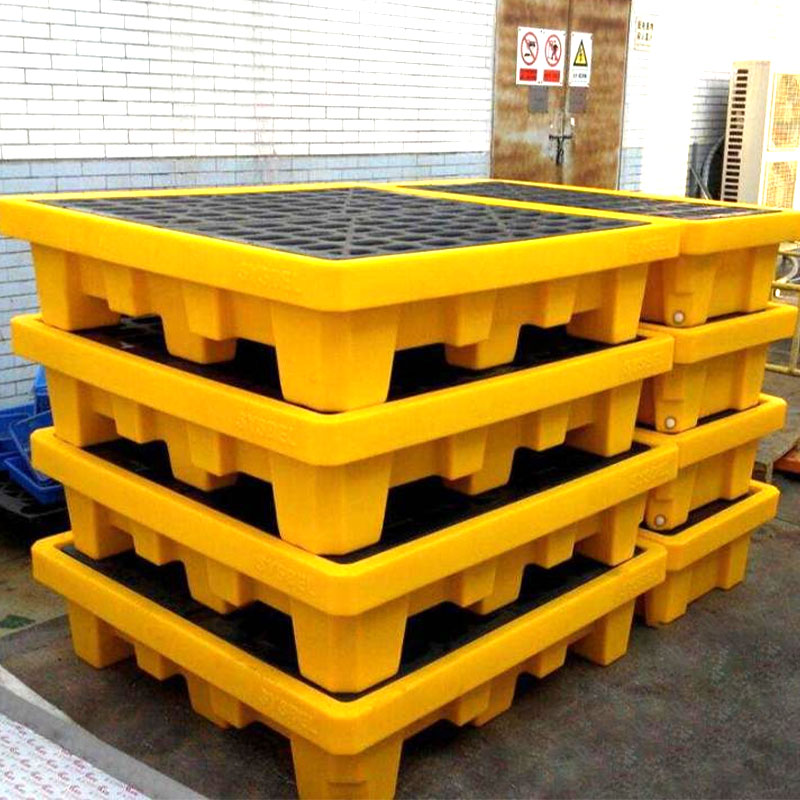Roto-molding is a method of heating and softening the plastic raw material, and then rotating and rolling the mold to evenly coat it in the mold cavity and solidify it. In the roto-molding process, the rotation of the mold is the key to achieving uniform distribution of plastic raw materials. When the mold is placed in a heating device, the plastic raw material gradually softens under the action of heating, and the mold begins to rotate around the vertical axis. During the rotation process, the plastic raw material is subjected to the centrifugal force and is evenly thrown to various parts of the mold cavity. This distribution method not only ensures the uniform filling of the plastic raw material in the mold cavity, but also avoids the problem of local overheating or plastic accumulation, thereby improving the uniformity of the wall thickness and stability of the product.
The rotation of the mold can ensure the uniform distribution of the plastic raw material in the mold cavity, thereby improving the uniformity of the wall thickness of the product. During the rotation process, the plastic raw material is subjected to the centrifugal force and is evenly thrown to various parts of the mold cavity, avoiding the problem of plastic accumulation or missing in local areas. This uniform distribution not only makes the wall thickness of the buoy product more consistent, but also improves the overall strength and durability of the product.
The improvement of wall thickness uniformity directly enhances the stability of the navigation buoy during use. Since the plastic raw materials are evenly distributed in the mold cavity, the center of gravity of the buoy product is more stable and not prone to tilting or rolling. At the same time, the uniform wall thickness also enables the buoy to better disperse stress when subjected to external forces, avoiding damage or failure caused by excessive local stress.
The rotation of the mold not only improves the uniformity of the wall thickness and the stability of use of the product, but also optimizes the overall performance of the product. Since the plastic raw materials are evenly distributed in the mold cavity, the performance indicators of the buoy product such as density, strength and toughness have been significantly improved. This optimization enables the buoy to maintain good floating performance and wind and wave resistance under harsh sea conditions, providing a strong guarantee for navigation safety.
Taking a certain type of navigation buoy roto-molding mold as an example, the mold adopts an advanced rotating mechanism design, which can ensure the smooth rotation of the mold and the uniform distribution of the plastic raw materials during the roto-molding process. In the heating stage, the mold is placed in an electric furnace and heated to a suitable temperature. At this time, the plastic raw materials begin to soften and gradually fill the mold cavity. Subsequently, the mold begins to rotate around the vertical axis, and the rotation speed and time are precisely calculated and controlled. During the rotation process, the plastic raw material is evenly thrown to various parts of the mold cavity under the action of centrifugal force until it is completely filled and solidified.
Through the rotation application of the mold, the navigation buoy products produced have the advantages of uniform wall thickness, smooth surface, high strength and good stability. In actual use, the buoy can maintain a stable floating state for a long time and effectively resist the invasion of harsh sea conditions, providing strong support for navigation safety.
With the continuous advancement of science and technology and the continuous development of roto-molding technology, mold rotation technology is also constantly innovating and improving. In the future, mold rotation technology will pay more attention to the development trend of intelligence and automation, and realize precise control and automated production of mold rotation by introducing advanced sensors, control systems, robots and other technical means. This will further improve the production efficiency and product quality of the roto-molding process, and provide more reliable technical support for the production of plastic products such as navigation buoys.

 English
English 中文简体
中文简体 русский
русский Español
Español